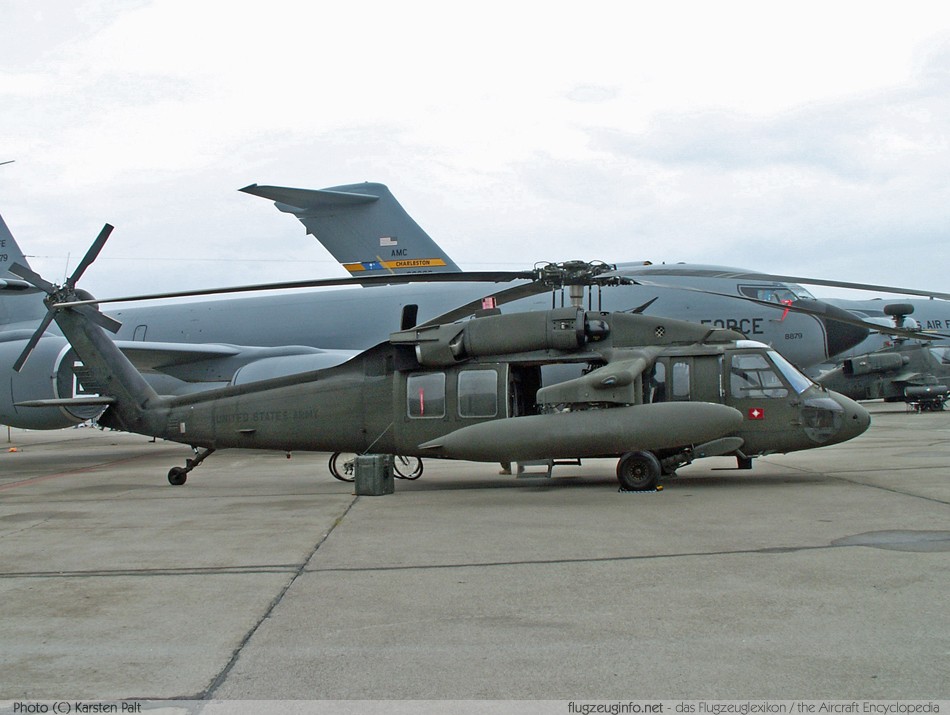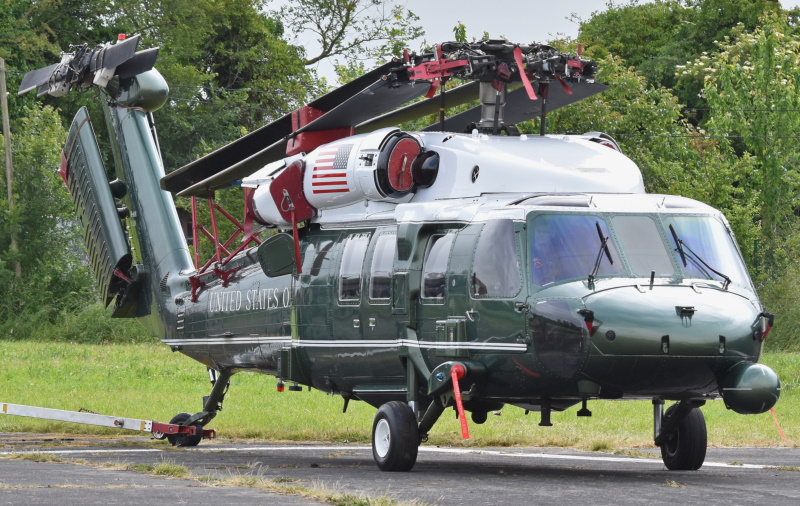Rotary-Wing Aircraft Offering Superior Durability and Precision Design
In the realm of aeronautics, rotary-wing aircraft have actually long been recognized for their unique capacities in numerous functional environments. As we explore the detailed equilibrium between technology and reliability in rotary-wing aircraft, it comes to be obvious that the convergence of cutting-edge technology and tried and tested style principles has actually established a brand-new criterion for performance and efficiency in the aerospace market.
Development of Rotary-Wing Technology
Throughout the background of aeronautics, the development of rotary-wing innovation has actually been a testament to regular technology and development in aerial engineering. From the very early days of upright trip with simple designs to the advanced helicopters and various other rotary-wing aircraft of today, the progress in this field has been impressive.
In the very early 1900s, leaders like Igor Sikorsky and Juan de la Cierva made considerable strides in rotary-wing modern technology. Sikorsky's VS-300 helicopter, very first flown in 1939, noted a zero hour in the development of sensible rotary-wing aircraft. This success led the method for additional developments in vertical flight capabilities.

Today, rotary-wing airplane play essential functions in various sectors, consisting of military procedures, emergency medical services, legislation enforcement, and industrial transport. The evolution of rotary-wing technology remains to press the boundaries of what is possible in vertical flight, making sure that these airplane remain important properties in the aeronautics industry.
Materials and Building Innovations
Showing a blend of sophisticated materials and specific construction strategies, rotary-wing airplane have actually gone through substantial developments in resilience and performance. One of the essential innovations in products utilized for rotary-wing aircraft is the raising usage of composite materials. These materials, such as carbon fiber strengthened polymers, supply a high strength-to-weight proportion, boosting both the structural stability and general efficiency of the airplane. Furthermore, improvements in producing procedures have actually allowed for more detailed and exact building and construction of rotary-wing parts, contributing to boosted the rules of aerodynamics and efficiency.
Moreover, the integration of sophisticated coverings and surface therapies has played a critical role in enhancing the resilience of rotary-wing airplane. These finishings give security versus deterioration, abrasion, and severe climate condition, prolonging the life expectancy of the airplane and decreasing maintenance requirements.
In terms of building and construction advancements, additive production, likewise known as 3D printing, has revolutionized the manufacturing of facility parts for rotary-wing aircraft. This innovation allows for fast prototyping and personalization, resulting in much faster advancement cycles and decreased prices. Overall, the continual advancement of products and building and construction strategies is driving the abilities and efficiency of rotary-wing airplane to brand-new elevations.
Precision Trip Control Systems

The assimilation of GPS innovation better improves the precision and dependability of these systems, enabling for accurate navigation, waypoint tracking, and automated trip control. sikorsky s 70. This degree of precision not just improves the security of rotary-wing operations however additionally improves overall operational efficiency and mission performance
Furthermore, the constant improvements in expert system and artificial intelligence have facilitated the growth of self-governing trip abilities within Precision Trip Control Equipment. This allows rotary-wing airplane to execute complicated goals with exceptional precision and consistency, making them vital properties in a vast array of applications, including armed forces operations, search and rescue objectives, and airborne photography.
Durability in Challenging Environments
Popular functional setups, rotary-wing aircraft show extraordinary durability and effectiveness, ensuring optimum performance under find this difficult ecological conditions. go to these guys These airplanes are created to stand up to a variety of environmental elements, including extreme temperatures, high winds, and rough surface, making them well-suited for numerous objectives in diverse landscapes.
One essential aspect adding to the toughness of rotary-wing aircraft is their sturdy building and construction. These aircraft are built using high-quality materials and advanced design techniques to improve their structural honesty and dependability. Furthermore, components such as rotor blades, engine systems, and landing gear are meticulously created to endure the pressures and stress and anxieties experienced throughout operations in difficult environments.
Additionally, rotary-wing aircraft are outfitted with advanced onboard systems that keep an eye on performance metrics in real-time, permitting proactive maintenance and early discovery of potential concerns - sikorsky s 70. This positive method helps avoid unexpected failures and ensures the continued airworthiness of the airplane in demanding operational settings. On the whole, the sturdiness of rotary-wing airplane in challenging atmospheres is a testimony to their remarkable design and design, making them vital assets for numerous mission-critical procedures
Maintenance and Reliability Standards
The adherence to rigid maintenance and integrity criteria is vital in guaranteeing the optimum efficiency and safety of rotary-wing airplane. Normal upkeep checks, conducted by licensed discover this info here specialists, are necessary to recognize and address any type of potential concerns prior to they jeopardize the airplane's performance. These checks encompass a comprehensive assessment of all vital parts, consisting of the engine, blades system, avionics, and hydraulic systems, to ensure that they remain in prime working problem.
Additionally, adherence to set up maintenance intervals based on maker standards is essential for promoting the airplane's integrity. This positive technique helps prevent unanticipated malfunctions and guarantees that the airplane stays airworthy for its designated objectives. Furthermore, the application of durable integrity standards, such as routine part testing and substitute based on predetermined lifecycles, even more enhances the aircraft's stability.
Final Thought

Finally, the developments in rotary-wing airplane technology have actually resulted in exceptional toughness and accuracy engineering. With cutting-edge materials and building and construction techniques, together with precision trip control systems, these airplane can run in tough settings with raised reliability. The upkeep and dependability requirements ensure that these rotary-wing airplane remain to do at their finest, making them essential properties for different industries.
Demonstrating a fusion of advanced materials and exact building and construction strategies, rotary-wing aircraft have actually gone through significant innovations in toughness and performance. One of the key innovations in materials made use of for rotary-wing airplane is the boosting usage of composite products.With careful focus to detail and progressed technical integration, rotary-wing aircraft have embraced Precision Flight Control Equipment as a keystone of their functional quality. Overall, the resilience of rotary-wing airplane in tough environments is a testimony to their premium engineering and design, making them vital possessions for numerous mission-critical procedures.
In conclusion, the improvements in rotary-wing aircraft innovation have led to premium durability and accuracy design.